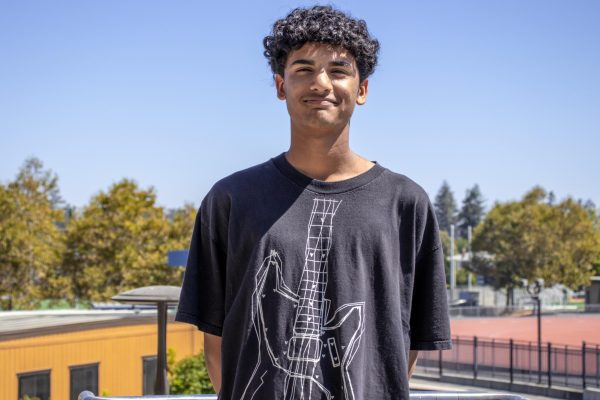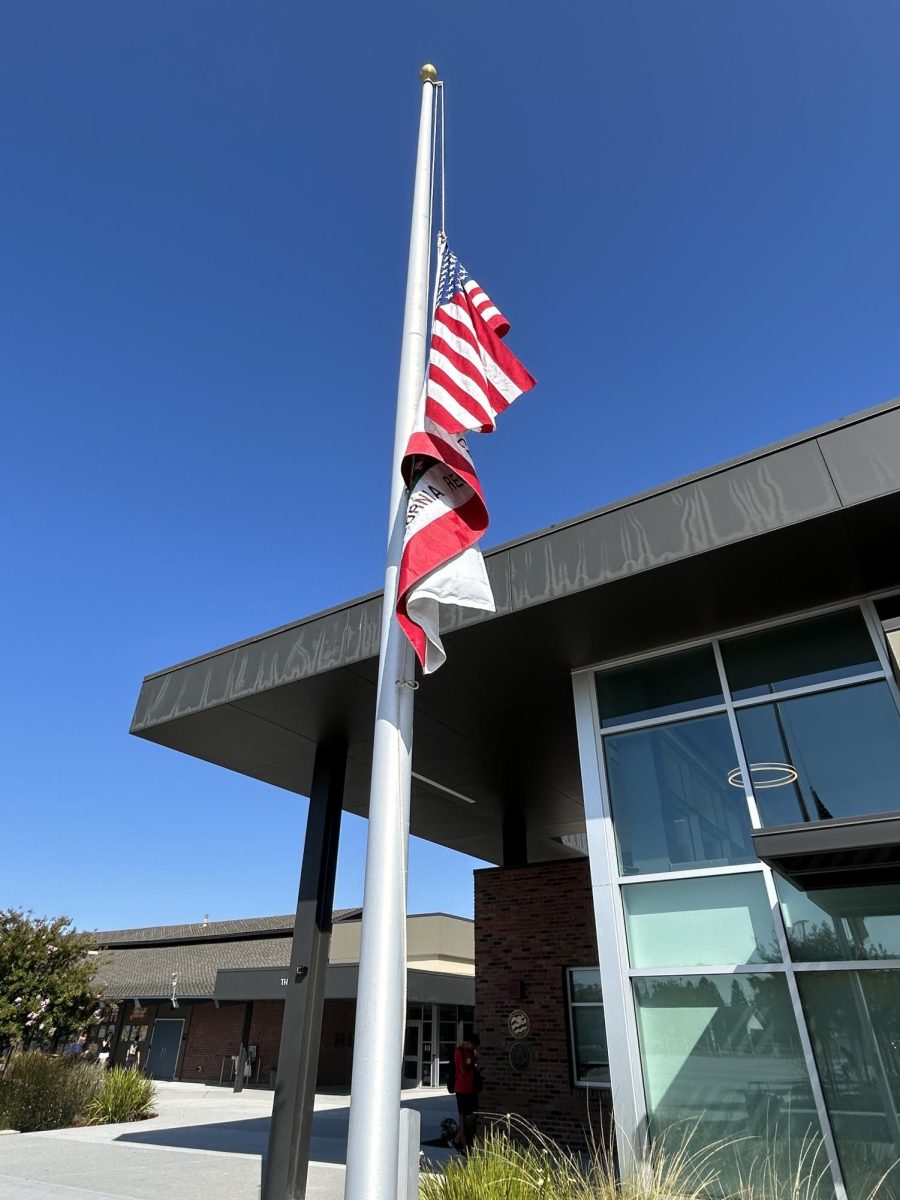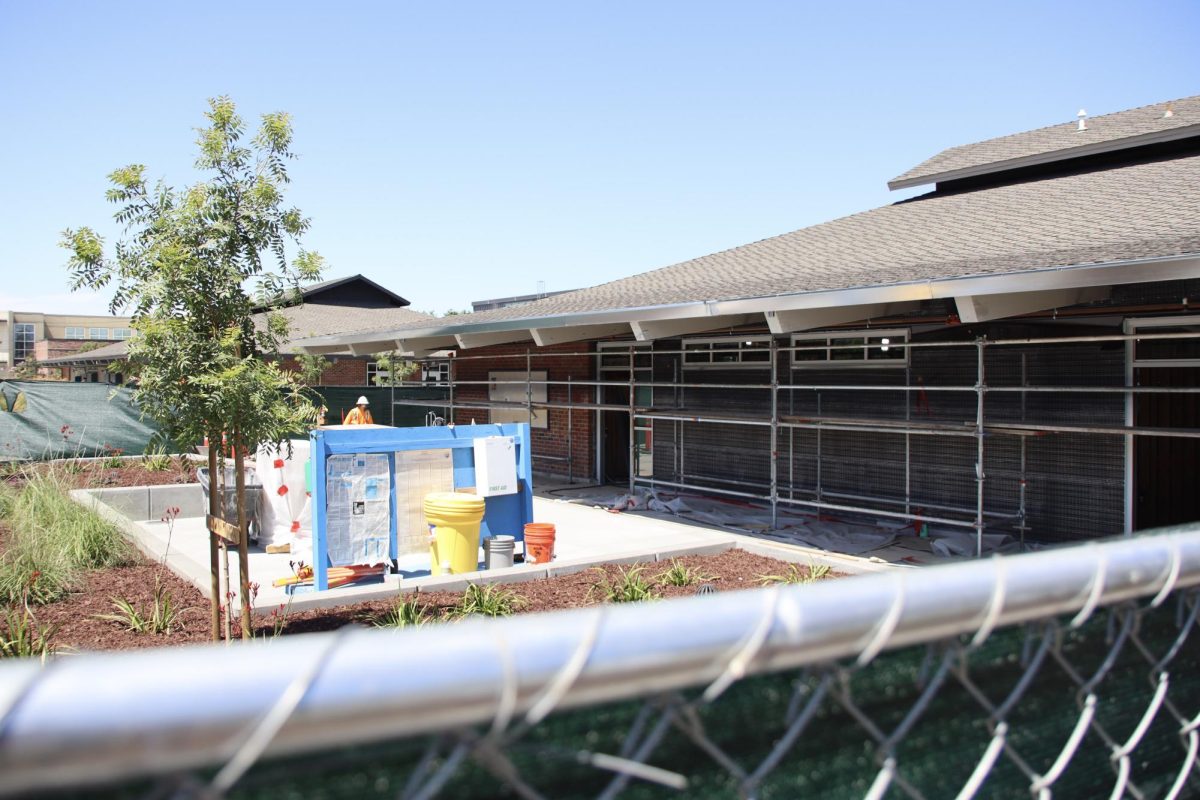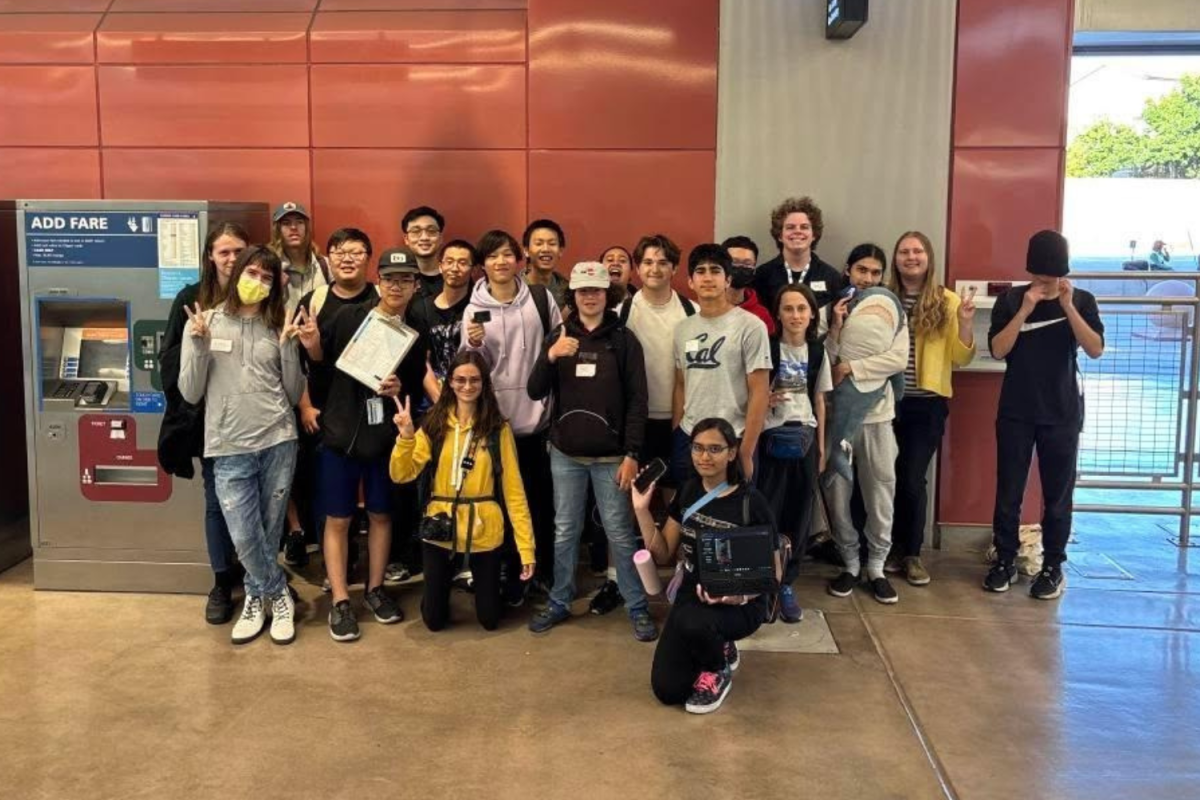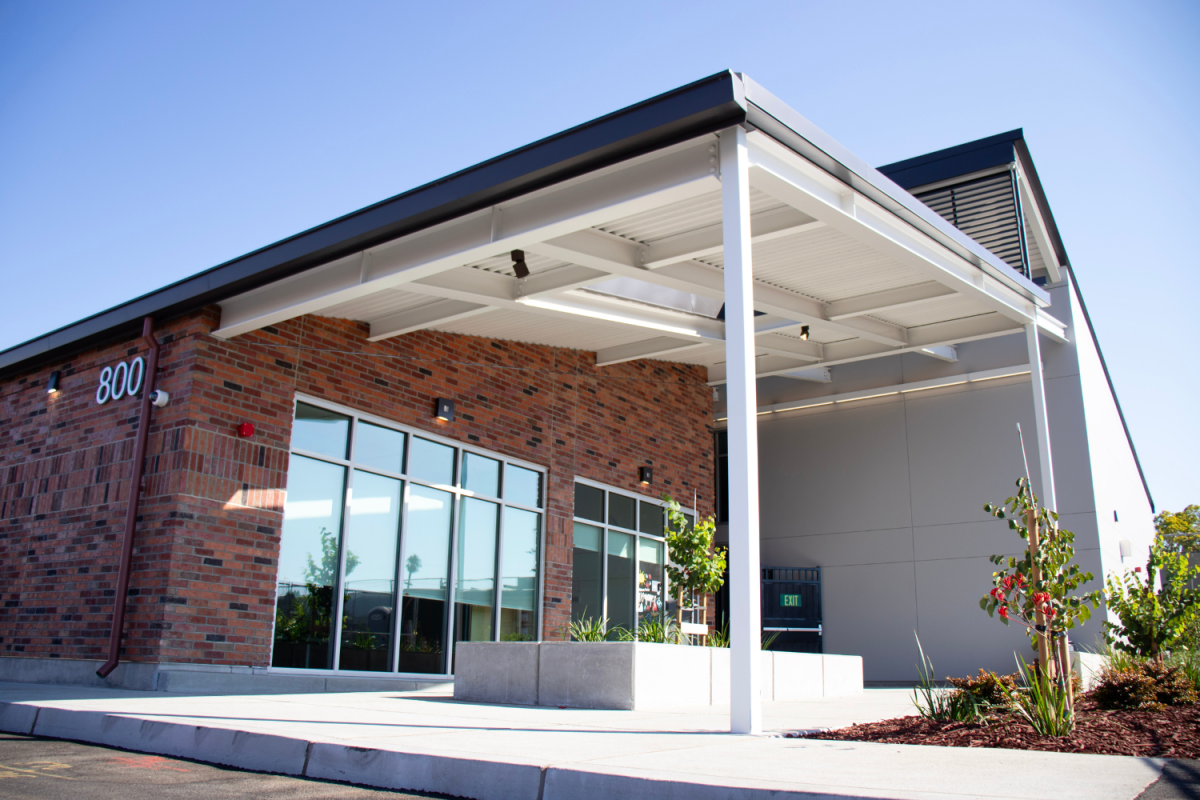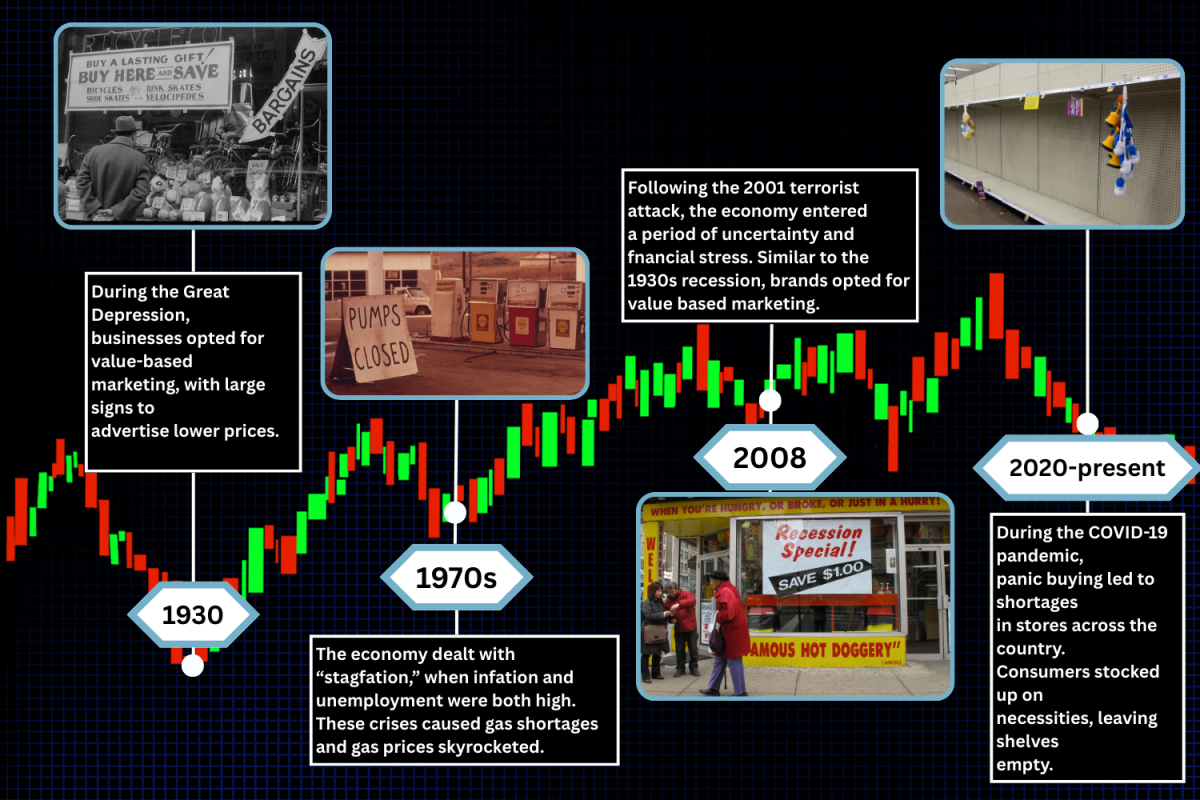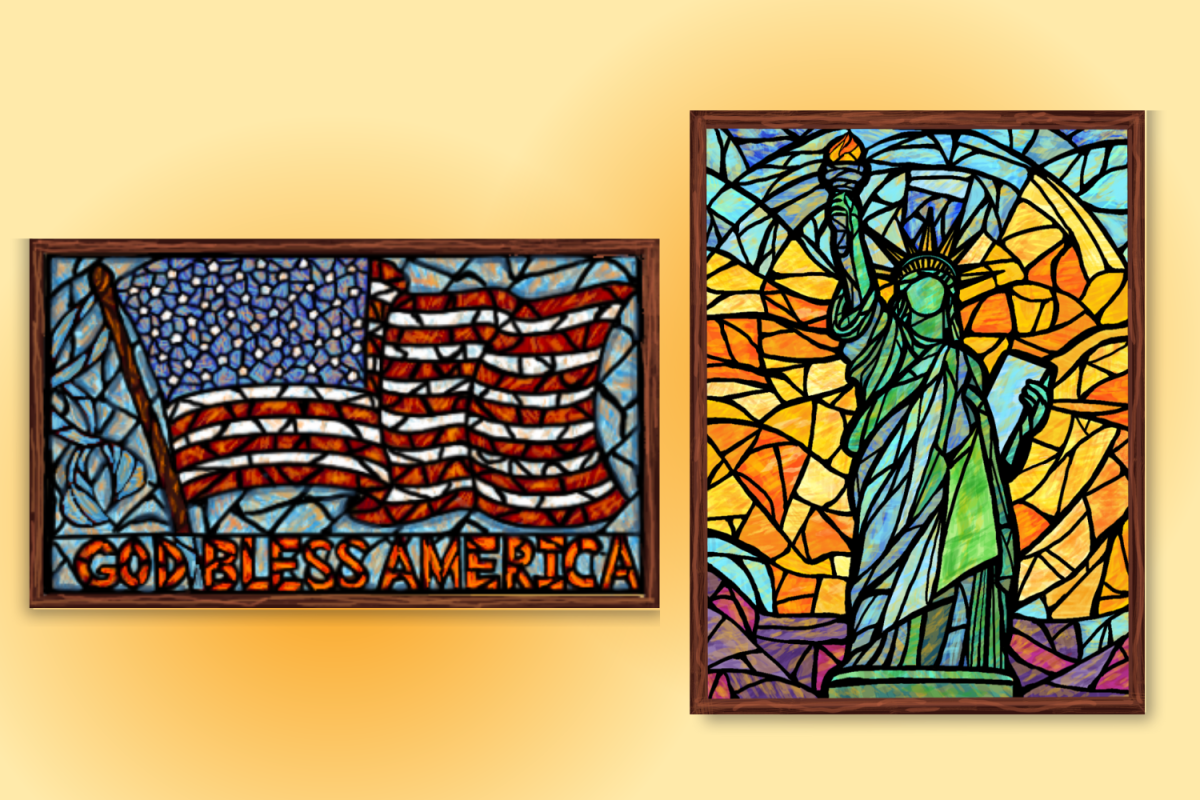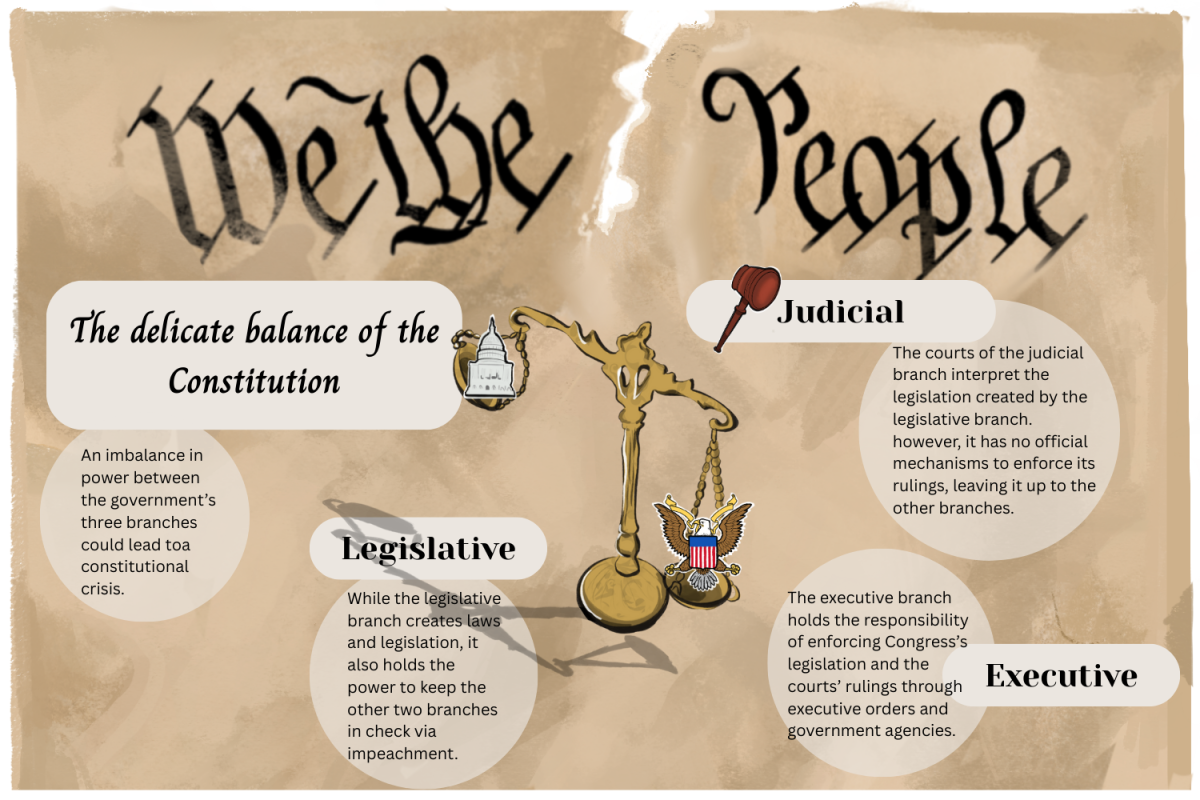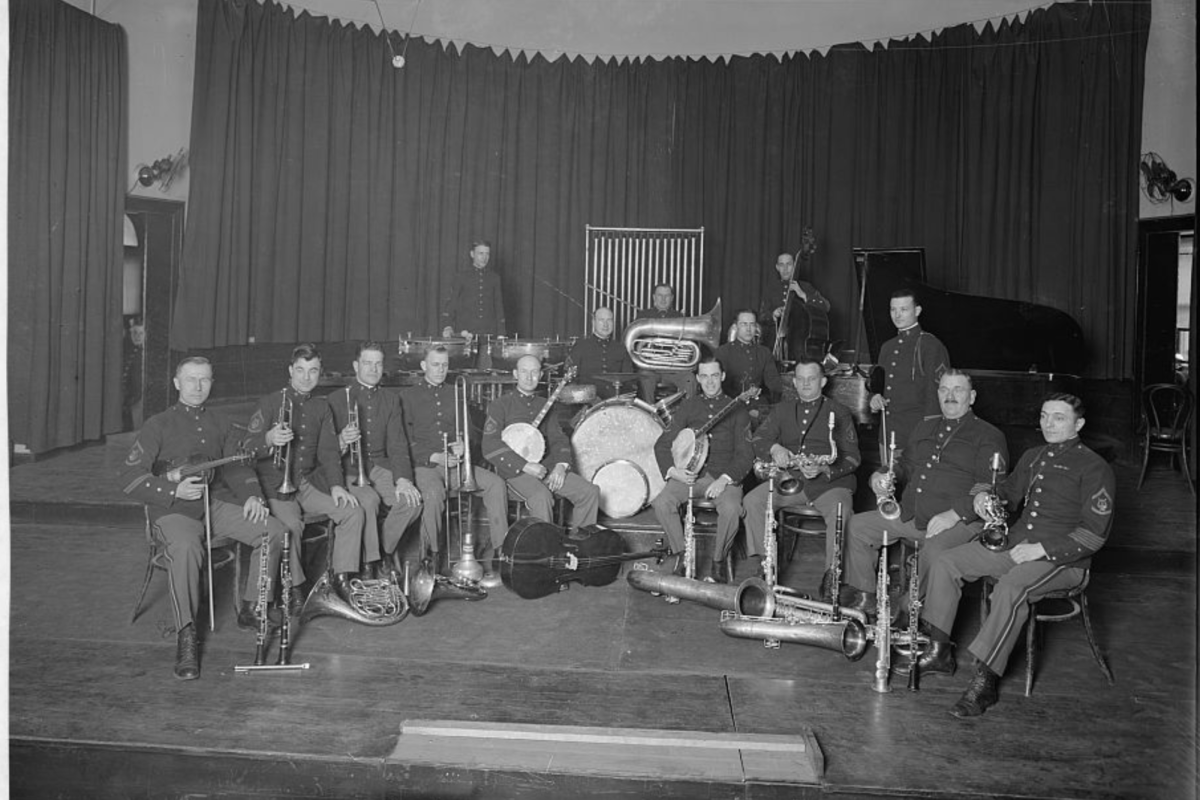Exploring Hispanic History Month’s evolving legacy


The idea of Hispanic Heritage Month was first introduced in June 1968 by California Representative George E. Brown, who represented areas of Los Angeles with large Hispanic populations. With House Joint Resolution 1299, Brown proposed a weeklong celebration for Hispanic people across the United States.
On Sept. 17, 1968, Congress passed Public Law 90-498, requesting that President Lyndon B. Johnson designate Sept. 15-21 as Hispanic Heritage Week. The law advocated for more recognition of Hispanic heritage in American culture, both in and out of the classroom.
“I think that the diversity of Hispanic heritage in the U.S. is important because people from different states have their own cultural backgrounds,” said Damian Bacich, professor of Spanish and Ibero-American studies at San José State University. “They all bring something to the table, and there’s a certain unity among them, so I like the varied nature of it.”

Hispanic Heritage Week gained political and social support early on, and the growth of the celebration was far from over. In 1987, California Rep. Esteban E. Torres proposed expanding the celebration from a week to a monthlong observance. Introduced in the House of Representatives, Torres’ bill never passed.
However, in 1988, Illinois senator Paul Simon introduced a similar bill that advocated for a month long celebration. The bill was passed by Congress and officially signed into law by President Ronald Reagan on Aug. 17, 1988. Nearly a year later, on Sept. 14, 1989, President George H.W. Bush issued the first presidential proclamation officially celebrating Hispanic Heritage Month.

Hispanic Heritage Month also spotlights Hispanic leaders who shaped U.S. history. Justice Sonia Sotomayor, who is of Puerto Rican descent, made history in 2009 when she became the first Latina on the Supreme Court. Her journey from growing up in a Bronx housing project to the nation’s highest court reflects the perseverance of immigrant and working-class families. Similarly, playwright and actor Lin-Manuel Miranda transformed Broadway with “In the Heights,” a celebration of Latino identity like his own, and “Hamilton,” which redefined American history through diverse casting and hip hop.
“Hispanic Heritage Month is a great way to celebrate and embrace Hispanic culture and to celebrate the independence that many Latin American countries gained during this month,” Ghattamaneni said.

What began as a government proclamation has expanded into a nationwide observance. Schools and communities now host assemblies, showcases and festivals to honor Hispanic Heritage Month, while national campaigns and social media boost its visibility. In San José, the Mexican Heritage Plaza hosts performances of traditional Latino dance and music. Movimiento de Arte y Cultura Latino Americana highlights Latino creativity through art, poetry and film. Murals with Latino influences appear across neighborhoods through collaborations with groups like Empire Seven Studios. Residents can also visit the Peralta Adobe, the oldest building in San José, to connect with the city’s early Hispanic history.
“Learning about any culture, whether it’s Hispanic or another, can help you empathize with other groups more,” senior and Spanish Honor Society co-president Varnika Ghattamaneni said. “Understanding cultures is very important in order to reduce racism and disparities between groups.”
For many, Hispanic Heritage Month provides visibility in classrooms and communities where Hispanic contributions are often overlooked.
“When you have a holiday dedicated to a certain group of people, it brings a lot of attention to their culture,” senior and Spanish Club president Akhil Nimmagadda said. “It definitely helps combat underrepresentation.”
As Hispanic communities grow nationwide, this month of recognition emphasizes pride in both their cultural traditions and their role in shaping America today.
“Hispanic Heritage Month is a month to celebrate the struggle and achievements that Hispanic and Latino people have endured,” senior Giovanni Cruz said. “It allows people to understand and promote diversity through Hispanic Heritage Month.”
